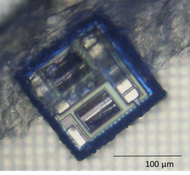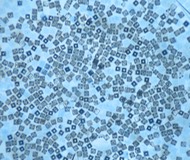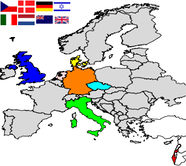The autonomous motion of lablets using a novel electroosmotic drive was simulated under the programmable control of the on board lablet electronics. It was shown that the physical modelling gives enough drive to propel the lablet (for buoyancy see here). Chemotaxis directed by lablet programs could be achieved. The work was presented at ECAL 2015 and published [1].
More recently a demonstration of integrated simulation of chemotaxis by lablet programs in a programmed morphogenetic field created by the dock was made. The dock is used to program adaptively a desired morphogen gradient by switching electrode control of redox reactions. The lablets moved autonomously to find the high concentration region under their internal electronic program (see fig. 1), .
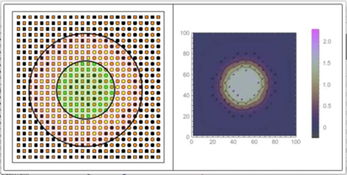
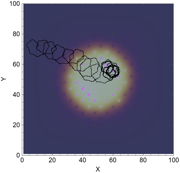
Figure 1. Chemotactic motion of lablet by coupling programmable electro-osmotic propulsion with sensing operations over programmable dock chip.
Left: Adaptive regulation of target concentration field by the dock. Starting from a homogeneous concentration field (blue, 0 redox active species) electrodes are switched on the dock to do Faradaic reactions within the concentric disks shown. The target function is to produce a homogeneously high concentration of the redox active species in the inner disk and none without: this is not a natural result of diffusion.
Right: shows trajectory spanned by lablet starting from low concentration to higher concentrated region. The lablet act as moving Finite State Machine which senses chemical field concentration after a fixed defined interval. By comparing sensed field concentration at two consecutive steps, it performs chemotactic walk by changing dynamically the curvature. The chemical field was created by docking chip by turning electrodes dynamically. The dock chip maintains concentration (1.5 units) inside the predefined region (described in the last section).
[1] "Autonomous lablet locomotion and active docking by sensomotoric electroosmotic drive." Sharma, A, McCaskill, JS ECAL Conf Proc MIT Press 2015 456-463. DOI: http://dx.doi.org/10.7551/978-0-262-33027-5-ch081

